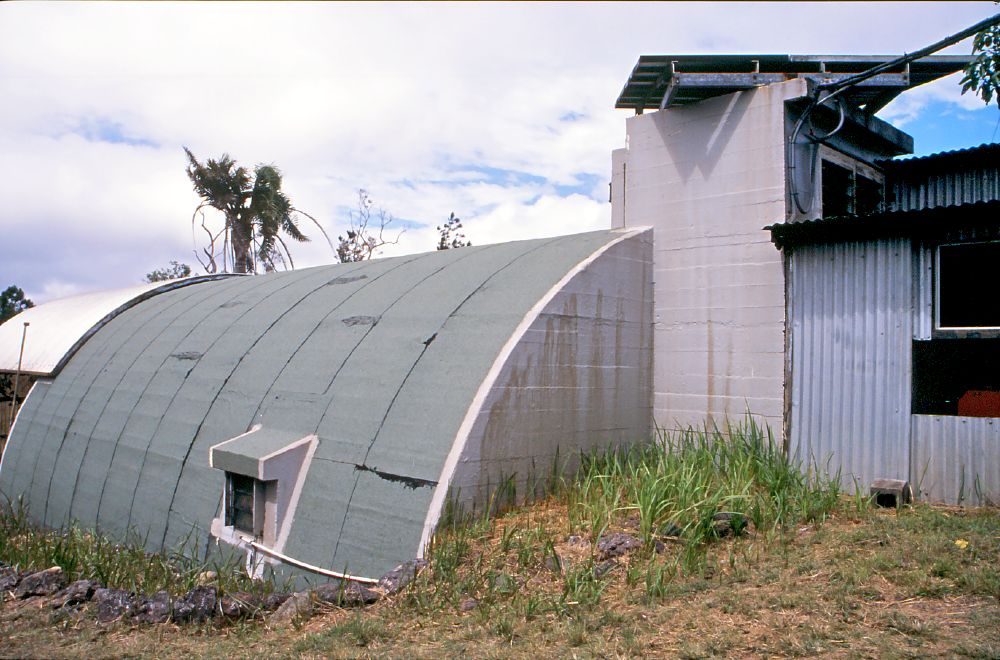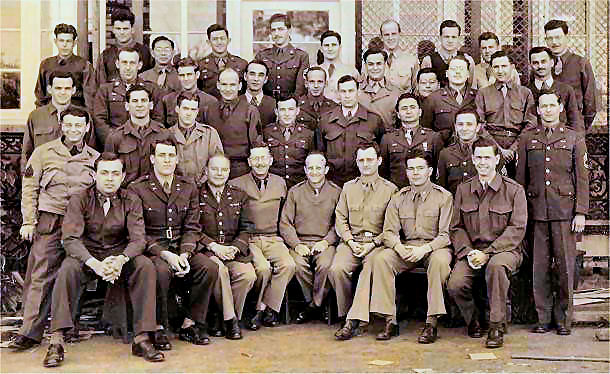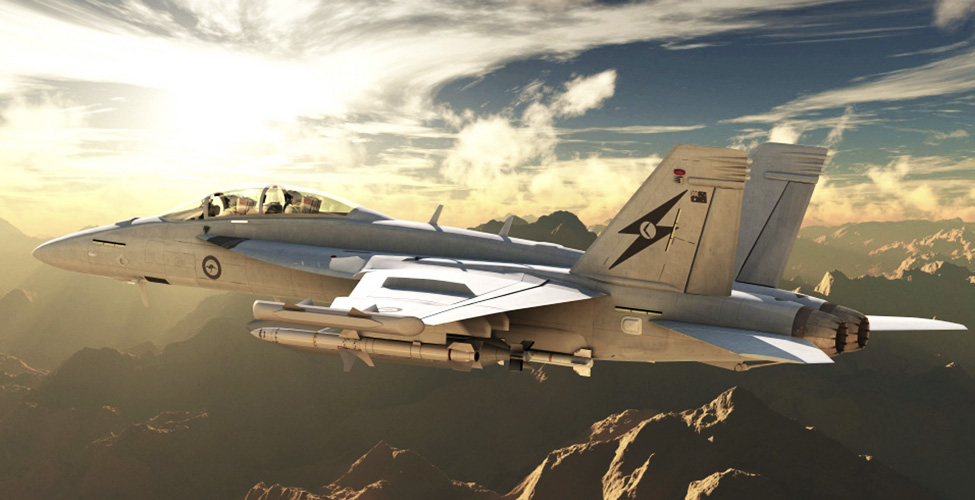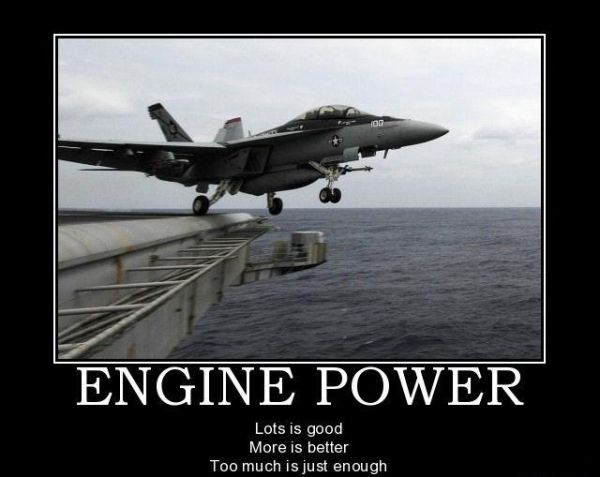|
|
||||||||||||||||||||||||||||||||||||||||||||||||||||||||||||||||||||||||||||||||||||||||||||||||||
|
||||||||||||||||||||||||||||||||||||||||||||||||||||||||||||||||||||||||||||||||||||||||||||||||||
|
Privacy Policy | Editorial Policy | Profit Policy | Join the Association | List of Members | Contact us | Index | Links |
||||||||||||||||||||||||||||||||||||||||||||||||||||||||||||||||||||||||||||||||||||||||||||||||||
|
Back Go to page: 1 2 3 4 5 6 7 8 9 10 11 12 13 14 15 16 17 18 19 20 Forward
|
||||||||||||||||||||||||||||||||||||||||||||||||||||||||||||||||||||||||||||||||||||||||||||||||||
|
|
||||||||||||||||||||||||||||||||||||||||||||||||||||||||||||||||||||||||||||||||||||||||||||||||||
|
Where there’s smoke - there’s fire.
It seems these days not a week goes by without someone rubbishing the F-35 aircraft, but are these doom-sayers experienced enough to comment? We wonder if there is an agenda behind all this. There is another saying ie: “Throw enough mud and some will stick!” (or something like that) and that seems to be the case as the barbecue talk, at the moment, is definitely not in favour of the aircraft. Most people we speak with, most of whom have had nothing to do with aircraft anyway, all say the Government has wasted squillions of dollars on a dud aircraft because that is what is being shouted to them from all points.
Yet – a little bit of Googling reveals a completely different story. When you read a critique written by someone who has actually flown the aircraft it seems it’s not such a bad machine after all. See HERE.
The following story was written by Robert Gottliebsen on the 27th December. Gottliebsen (who used to be a household name) is an expert on finance and investment and one wonders why he would be commenting on things aircraft – obviously he’s read it somewhere and is just regurgitating it verbatim without checking whether it’s a true yarn or just a political kick in the pants.
Here’s his story!
Time to drain F-35 Joint Strike Fighter swamp.
Donald Trump’s strategy around the Joint Strike Fighter is all about dismantling the US military and industrial defence machine that has been corrupted by power..
Lockheed Martin’s F-35 Joint Strike Fighter project is now in big trouble.
|
||||||||||||||||||||||||||||||||||||||||||||||||||||||||||||||||||||||||||||||||||||||||||||||||||
|
|
||||||||||||||||||||||||||||||||||||||||||||||||||||||||||||||||||||||||||||||||||||||||||||||||||
|
And the vast army of Australia’s Joint Strike Fighter contractors are also in jeopardy because our government, led by Defence Industry Minister Christopher Pyne, has not woken up to what it means to have Donald Trump as US President.
And so, in the lead-up to Christmas, Trump issued a very carefully prepared tweet: “Based on the tremendous cost and cost overruns of the Lockheed Martin F-35 (JSF), I have asked Boeing to price-out a comparable F/A-18 Super Hornet!”
Through that tweet Trump was making three signals:
Trump has had the JSF in his sights since last year but on the 12th December the sheer absurdity of what has been going on with the Joint Strike Fighter was dramatically brought home to the Trump team. On that day, Israeli Prime Minister Benjamin Netanyahu, his Defence Minister Avigdor Lieberman and hundreds of VIPs assembled at Nevatim air base in southern Israel to watch the arrival of the Joint Strike Fighter.
|
||||||||||||||||||||||||||||||||||||||||||||||||||||||||||||||||||||||||||||||||||||||||||||||||||
|
If I’d know how much fun grandchildren would be – I’d have had them first.
|
||||||||||||||||||||||||||||||||||||||||||||||||||||||||||||||||||||||||||||||||||||||||||||||||||
|
It was scheduled to arrive at 2.30pm after taking an incredible six days to fly from Texas to Israel. But despite the fact that the JSF had been given those six long days to make the journey the skies over Israel were empty — the strike fighter was late. The Lockheed Martin public relations machine raced into action and began offering up excuses — none of which made any sense.
The disgruntled Israeli VIPs eventually left but were assembled back later that evening when the Joint Strike Fighter finally arrived. Israel actually knows the Joint Strike Fighter is not up to standard as a fighter so it will use the aircraft for reconnaissance. But the Israelis are smart, they’re getting the plane for a peppercorn to help convince countries like Australia to stay in as full-price buyers.
Trump and his people are much closer to Israel than Barack Obama and received the six-day journey and late arrival news loud and clear. Almost certainly that event played a role in Trump taking the next step before gaining office. In asking whether Boeing can take over the Joint Strike Fighter from Lockheed, Trump, will of course know that it is unlikely. And he also knows that the F/A-18 Hornets are not fifth-generation fighters so at the very best are a stop-gap measure.
Trump’s
strategy is all about dismantling the current US military and industrial
defence machine that has been corrupted by power. Trump has discovered
that it is a swamp that badly needs draining. Among the people advising
It is Air Power that has been helping me unveil all the problems that have plagued the Joint Strike Fighter for the past decade. Accordingly last year I made a submission to the Joint Strike Fighter inquiry, standing committee on foreign affairs, defence and trade. This submission sets out what any responsible defence minister or defence industry minster should now be working towards given that Trump is going to change the game (I wrote the submission well before I had any idea that Trump would be the next president).
|
||||||||||||||||||||||||||||||||||||||||||||||||||||||||||||||||||||||||||||||||||||||||||||||||||
|
Over the hill?? I don’t remember any hill!
|
||||||||||||||||||||||||||||||||||||||||||||||||||||||||||||||||||||||||||||||||||||||||||||||||||
|
Nothing illustrates the Joint Strike Fighter rubbish that has plagued the project more than the statements about the cost of the aircraft. Our gullible politicians were originally told that the Joint Strike Fighter would cost $US40 million ($55.7m) per aircraft. At the time the estimate was obviously flawed.
Now our gullible politicians are being told that each Joint Strike Fighter would cost $US90m per aircraft. While it is more than double the first estimate it is just as silly. Both these estimates ignore the total cost of making the Joint Strike Fighter battle ready. Treasury discovered real outlays would be much bigger than what was being told to the politicians and are now going for a total cost of about $US190m per aircraft in the forward estimates. But that’s still way off the mark. The Trump Joint Strike Fighter cost estimates appear be above $US290m per aircraft and rising — seven times the original flawed estimates. We’ve ordered 72 aircraft so the bill is about $300bn but likely to be much higher.
The same sort of money games are being played in the US where monumental figures are coming up. Trump’s nomination of the “no nonsense” General James Mattis as Secretary of Defence means the days of playing games are over. The Mattis appointment gave Michael Gilmore, the chief Joint Strike Fighter tester, the courage to warn that Pentagon officials have been preparing misleading assessments of progress of the Joint Strike Fighter, Australia’s defence people are too deep in the swamp to help our defence and defence industry ministers wake up to the fact that the days of Pentagon-inspired half-truths ended with the appointment of Mattis.
At the moment there is an option that should save our defence supply industry but the option will not exist for long. To appreciate the option we must start with Tony Abbott’s statement in 2014 that Australia was buying the Joint Strike Fighter to maintain air superiority in the region.
The then prime minister honestly believed he was telling the truth but was quickly shown to be talking complete rubbish when it was revealed that the commander of American Air Combat Command, General Mike Hostage, had declared: “The F-35 is not built as an air superiority platform. It needs the F-22”. (First flown back in 1997 but only introduced to the USAF in 2005 at a flyaway cost of US$150M – tb)
|
||||||||||||||||||||||||||||||||||||||||||||||||||||||||||||||||||||||||||||||||||||||||||||||||||
|
|
||||||||||||||||||||||||||||||||||||||||||||||||||||||||||||||||||||||||||||||||||||||||||||||||||
|
F-22 at the Avalon Airshow, 2013. Pic by Erin Muscat.
|
||||||||||||||||||||||||||||||||||||||||||||||||||||||||||||||||||||||||||||||||||||||||||||||||||
|
The Chinese and Russians base their new aircraft on the F-22 — that’s the aircraft that delivers clout. The Joint Strike Fighter is not worth worrying about in Russian and Chinese eyes. As part of the cosy arrangement between the Pentagon and Lockheed, the US stopped making F-22s. Production of the F-22 needs to be restarted and the incredible software that had been developed for the Joint Strike Fighter needs to be incorporated in the ageing F-22. If we can play a role in that transformation our industry will not be destroyed. But if we keep up the current charade then I fear two ministerial careers will be over because they will be correctly blamed for the industry carnage if Trump just stops the Joint Strike Fighter.
I’m more inclined to believe the boffins at Air Force who say the F-35 will do the job, more than the pen pushers who say it won’t. tb
|
||||||||||||||||||||||||||||||||||||||||||||||||||||||||||||||||||||||||||||||||||||||||||||||||||
|
At my age everything has either dried up or leaks.
|
||||||||||||||||||||||||||||||||||||||||||||||||||||||||||||||||||||||||||||||||||||||||||||||||||
|
Central Bureau in Australia during WW2.
A Research and Control Centre for the Interception and cryptanalyzing of Japanese intelligence, Central Bureau was one of two Allied Sigint organisations in the South West Pacific area (SWPA). Central Bureau was attached to the HQ of the Allied Commander of the South West Pacific area. The other unit was the joint RAN/USN Fleet Radio Unit, Melbourne (FRUMEL), which was subordinate to the Commander of the USN 7th Fleet.
"Sigint" was a code name for Signal Intelligence. Sigint operations were so secret that they were given their own special classification of "Ultra Secret". The word "Ultra" was used as a code name for intelligence derived from interception and decoding of Japanese military and naval messages.
General Douglas MacArthur had his own signals intelligence unit, Station 6, while he was in the Philippines and was not fully dependent on the U.S. Navy for that type of information, however, most of the signal intelligence he received was from the Navy unit on Corregidor. Prior to the war, it had to be sent by water courier, which caused some delay.
MacArthur
escaped from Corregidor in the Philippines in a PT boat to Mindanao and
flew to Australia from Del Monte on a B-17 Flying Fortress. He made his
way to Melbourne, arriving there on the 22nd March 1942. The
Signals Intelligence units operating in Australia at the time of
MacArthur's arrival in Melbourne were as follows:-
One of his first decisions when he arrived in Melbourne was to expand the Sigint operations that already existed in Australia. The United States Navy crypto group that had been evacuated from Manila in early January 1942 was operating in Melbourne. They were responsible for channelling all Sigint information to US Navy headquarters in Washington. MacArthur was not happy to depend on the Navy's discretion to handle his Sigint requirements. He had experienced problems with such an arrangement when he was in Manilla.
MacArthur’s people held discussions and agreed that a Research and Control Centre to handle Signals Intelligence (Sigint) needed to be established. MacArthur subsequently released orders for the formation of two complementary groups:-
Central Bureau was a joint American-Australian Sigint organisation which was established on 6 April 1942 under the command of Major General S. B. Akin with its headquarters based in Melbourne. At first, Central Bureau was made up of 50% American, 25% Australian Army and 25% Air Force (RAAF) personnel.
Later more Australians joined. General MacArthur advised Washington of his decision in a dispatch on 1st April 1942. He described the role of the group as "the interception and cryptanalyzing of Japanese intelligence". The name Central Bureau was chosen so as to convey no information whatever to outsiders as to the true nature of the work being done.
|
||||||||||||||||||||||||||||||||||||||||||||||||||||||||||||||||||||||||||||||||||||||||||||||||||
|
You know what I did before I got married? Anything I wanted to.
|
||||||||||||||||||||||||||||||||||||||||||||||||||||||||||||||||||||||||||||||||||||||||||||||||||
|
|
||||||||||||||||||||||||||||||||||||||||||||||||||||||||||||||||||||||||||||||||||||||||||||||||||
|
|
||||||||||||||||||||||||||||||||||||||||||||||||||||||||||||||||||||||||||||||||||||||||||||||||||
|
The following personnel were absorbed into Central Bureau:-
It is thought that Major General Akin brought the American interceptors who had survived the Malinta Tunnel at Corregidor back to Australia by submarine. Another source indicated that they may have been evacuated by air transportation means. They were used to assist the Australian Wireless Group units. A group of cryptographic, cryptanalytic and translator personnel from the Japanese section of the Washington Signal Intelligence Service were also moved to Australia. More Australians were also recruited to Central Bureau after its initial establishment.
On 20 July 1942, MacArthur moved his Headquarters to Brisbane and he ordered Central Bureau to also be relocated to Brisbane, establishing its headquarters in 'Nyrambla' at 21 Henry Street, Ascot, not far from the new American airfield at Eagle Farm. This move was necessary to ensure that Central Bureau was in close touch with GHQ SWPA and Allied Air Intelligence. It also reduced the time lag in the passage of raw material from the Field Units.
Nyrambla (below) was built in 1885–86 as the residence of the manager of the Australian Joint Stock Bank. In September 1942, the US 837th Signal Service Detachment relocated to Brisbane. Initially sent for three-days to the US Camp Doomben at Doomben Racecourse, the Detachment's 6 officers and 18 enlisted men moved into 'Nyrambla'.
Central Bureau had banks of IBM Tabulators, the forerunner of computers, which were used by the cryptanalysts to decode intercepted Japanese ciphers that concealed an original text message. These machines were placed in the rear garage of 'Nyrambla'.
The 837th Signal Service Detachment's Sergeant Donald Moreland installed the IBM equipment at Ascot. While in Melbourne, he had installed the SIGABA (ECM Mk. 2) cipher machine. SIGABA was used to encipher messages from plain text into a secret cipher text under the control of a decipherment key.
At 'Nyrambla', Central Bureau decrypted a Japanese Army Air Service signal intercepted by No. 51 Wireless Section at Darwin. The signal contained the Commander-in-Chief of the Combined Japanese Fleet, Admiral Isoroku Yamamoto's itinerary for his forthcoming trip to Rabaul. As a result, on 18 April 1943, Yamamoto's aircraft was intercepted off Bouganville by US P-38 Lightning fighters and he was killed. In May 1943, the 837th Signal Service Detachment was renamed Special Intelligence Service led by Colonel Harold Doud.
The IBM machines were later moved from the 'Nyrambla' garage to the Ascot Fire Station at 83 Kitchener Road. After the IBM machines were removed, the Australian No.11 Cipher Section led by Captain Ian Allen (Allan?) occupied the garage. It was filled with Typex machines operated by Australian Women Army Service (AWAS) staff. They worked around the clock shifts. Each shift consisted of 12 women and several male cipher mechanics. Messages were sent to Washington, India and to the British code breakers at Bletchley Park in England. In 1944, when the AWAS and then the RAAF took a lease on 'Nyrambla', the 837th Signal Service Detachment returned to Camp Doomben. To avoid camp conditions, 8 SIS men rented a house at 45 Eldernell Street, Hamilton and furnished it with G.I. cots, a dining room suite and a housekeeper. When conditions became crowded at 'Nyrambla', the RAAF women from the Womens' Auxiliary Australian Air Force (WAAAF) were billeted nearby at a house at 26 Henry Street. After SIS left for Hollandia, Dutch New Guinea in late 1944, the Eldernell Street house was leased by RAAF No.3 Base Supply Depot members.
In 1988, a group of US ex-servicemen unveiled a plaque at 'Nyrambla'. It reads:
Central Bureau, an organisation comprising service personnel of Australia, USA, Britain, Canada and New Zealand, both men and women, functioned in this house from 1942 till 1945. From intercepted enemy radio messages, the organisation provided intelligence which made a decisive contribution to the Allied victory in the Pacific.
On 25
April 1942 the small RAAF Intercept Station operating in two back to
back houses at 21 Sycamore Street and 24 French Street in the suburb of
Pimlico in Townsville was given its new name of No. 1 Wireless Unit and
became part of Central Bureau. The newly named Unit comprised 7 RAAF, 1
AMF and 4 United States Army personnel (1 Officer and 3 Enlisted Men) in
No. 1 Wireless Unit at Townsville. This RAAF Unit had started earlier in
March 1942 as a Wing Commander Booth. RAAF.
AMF Units were sent to Darwin and Port Moresby with the Darwin group operational by June 1942 and the Port Moresby group by September 1942. The establishment of these intercept units in Townsville, Darwin and Port Moresby saw a steady flow of intercept material to Central Bureau at 21 Henry Street, Ascot for analysis. The early work consisted of the recording of all frequencies being used by the Japanese, reconstructing the Japanese radio nets, locating the transmitting stations, and identifying their call signs and frequencies.
At this time the primary missions of Central Bureau related to field problems and low echelon material. Any facilities available after these functions were full discharged, whether intercept of analytic, could be applied to the high command problem.
Commander Nave moved to Central Bureau in mid-1942 from the combined Australian Navy/U.S. Navy operation in Melbourne known as FRUMEL, which was put under U.S. Navy control in mid-1942. Although he headed up the “Solutions” division there, most records indicate he only dealt with minor Japanese naval codes and simple substitution ciphers in spite of his Japanese language capability and long history with Japanese codes. Colonel Sinkov and his American staff worked on the high-level Japanese Army codes.
By 6 July 1942 the intercept operator numbers at Central Bureau had increased from six to twenty nine and by the end of 1942 Central Bureau headquarters strength had grown to approximately 150 personnel. A small IBM section was functioning efficiently, traffic volumes was increasing, and methods were being developed for the proper handling of traffic.
|
||||||||||||||||||||||||||||||||||||||||||||||||||||||||||||||||||||||||||||||||||||||||||||||||||
|
|
||||||||||||||||||||||||||||||||||||||||||||||||||||||||||||||||||||||||||||||||||||||||||||||||||
|
|
||||||||||||||||||||||||||||||||||||||||||||||||||||||||||||||||||||||||||||||||||||||||||||||||||
|
The 126th Signal Radio Intelligence Company (126 SRIC) had been assigned to Central Bureau in late 1943. They had earlier been located in Townsville monitoring Allied Air Reconnaissance frequencies, and assisting No. 1 Wireless Unit to secure bearings on enemy aircraft using their Direction Finding Stations located at Townsville, Cairns (above), Charters Towers, and Cloncurry. Their work was not that successful and they relocated to Northgate in Brisbane in late November 1942. Detachments of the 126th SRIC were also in operation at Adelaide River in the Northern Territory and at several locations in New Guinea during 1943.
Central Bureau did not break any high level Japanese Army codes until mid-1943 with the Water Transport code (the radio code used to communicate with merchant ships and which the Japanese used to report their noontime positions). Later that year, one main line Japanese Army code was broken. In January 1943, Central Bureau was placed under the direct control of GHQ SWPA by the issuance of Operations Instructions No. 27 of GHQ SWPA dated 20 January 1943 which provided (inter alia) as follows:-
1. Cryptographic.
2. Radiogoniometric and Identification.
3. The Planning for and Co-ordination of Intercept Activities.
|
||||||||||||||||||||||||||||||||||||||||||||||||||||||||||||||||||||||||||||||||||||||||||||||||||
|
|
||||||||||||||||||||||||||||||||||||||||||||||||||||||||||||||||||||||||||||||||||||||||||||||||||
|
Colonel Sinkov and his American staff in about July or August 1943 at the rear of Central Bureau HQ at 21 Henry Street, Ascot. Most of the officers and men of the U.S. Signal Intelligence unit, the U.S. component of MacArthur's Central Bureau are in the photo. A few men, mostly from the night shift of the IBM unit, did not get in this photograph.
The following RAAF personnel worked for the Central Bureau at Ascot (Brisbane) in 1943 and 1944.
|
||||||||||||||||||||||||||||||||||||||||||||||||||||||||||||||||||||||||||||||||||||||||||||||||||
|
My wife and I were happy for twenty years. Then we met!!
|
||||||||||||||||||||||||||||||||||||||||||||||||||||||||||||||||||||||||||||||||||||||||||||||||||
|
||||||||||||||||||||||||||||||||||||||||||||||||||||||||||||||||||||||||||||||||||||||||||||||||||
|
For the first year and a half of the war, MacArthur was almost totally dependent on the U.S. Navy for signals intelligence and even after the Army and Central Bureau started breaking Japanese Army codes in 1943, the U.S. Navy, including FRUMEL, still provided a reasonable share of the intelligence his staff needed.
On the 20 July 1942, General MacArthur established his Headquarters in the AMP Building in the city area only a few buildings from the Brisbane General Post Office. Central Bureau had banks of IBM Tabulators, the forerunner of computers, which were used by the cryptanalysts to sort and strip away ciphers which concealed the original text. They were located in the garage at the rear of 21 Henry Street.
Central Bureau decrypted a Japanese Army Air/Ground signal intercepted by 51 Wireless Section in Darwin that contained Admiral Isoroku Yamamoto's itinerary for his trip to Rabaul. Yamamoto was the Commander in Chief of the Combined Japanese Fleet and the architect of the attack on Pearl Harbour. Central Bureau reportedly sent the decrypted message to FRUMEL where it was reportedly translated by a U.S. Navy linguist. On 18 April 1943, Admiral Yamamoto was killed on his way to Rabaul when his aircraft was shot down by a flight of seventeen P-38 Lightning's of the 347th Fighter Group that were despatched from Henderson Field, Guadalcanal. The P-38's were fitted with extra fuel belly tanks to make this long range intercept.
The P-38's spotted Yamamoto's aircraft, plus another bomber and their Zero escorts just west of Ballale on the southern end of Bougainville. Yamamoto's aircraft was shot down in flames. It crashed into the jungle and the other bomber containing Admiral Ugaki, the Chief of Staff Combined Fleet crashed into the sea. Yamamoto was killed but Ugaki survived his crash into the sea.
In August 1944, most of MacArthur's General Headquarters staff moved from Brisbane to Hollandia. The Australian Government then requested that Canada's No. 1 Special Wireless Group be despatched to Australia and it arrived in Brisbane on 15 February 1945 and was assigned to Central Bureau in Brisbane. No. 1 Special Wireless Group left Brisbane by train on 4 April 1945 headed for Darwin. They arrived in Mount Isa where they departed for Darwin via motor transport. They finally arrived in Darwin on 18 April 1945 and while there intercepted an average of 1200 Japanese messages a day.
|
||||||||||||||||||||||||||||||||||||||||||||||||||||||||||||||||||||||||||||||||||||||||||||||||||
|
You can choose lots of things, but your nickname is not one of them.
|
||||||||||||||||||||||||||||||||||||||||||||||||||||||||||||||||||||||||||||||||||||||||||||||||||
|
Whole squadron of F-22s land in Australia.
On the 10th February, a squadron of United States Air Force F-22 Raptors arrived in Australia for a series of advanced warfighting exercises with the RAAF and will be located at RAAF Base Tindal..
|
||||||||||||||||||||||||||||||||||||||||||||||||||||||||||||||||||||||||||||||||||||||||||||||||||
|
|
||||||||||||||||||||||||||||||||||||||||||||||||||||||||||||||||||||||||||||||||||||||||||||||||||
|
The Minister for Defence, Marise Payne, said the visit was the first ‘Enhanced Air Cooperation’ (EAC) activity in Australia under US Force Posture Initiatives. This will be the largest and longest rotation of fifth-generation aircraft to visit Australia to date. The F-22s will conduct integrated training activities with the RAAF’s 75 Squadron F/A-18A/B Hornets along with ground assets and personnel. The commencement of EAC activities in 2017 will continue to strengthen Australia’s already close air-to-air relationship with the United States.
While EAC will see an increase in training, it will be on a short-term rotational basis using Australian facilities. The USAF F-22s along with the RAAF’s F/A-18A/B Hornets will also conduct short training visits to Townsville.
Commencement of EAC activities will be followed by the sixth rotation of United States Marine Corps personnel to Darwin. The 2017 rotation, arriving in Darwin in April, is forecast to be the most complex Marine Air Ground Task Force deployed to Australia. Approximately 1250 marines and up to 13 aircraft, including four MV-22 Osprey, will create opportunities for more complex and sophisticated training activities.
The F-22s were also on public display at the Australian International Air Show in Avalon.
Along with the USAF’s F-22s, Australia displayed both of its F-35s at Avalon.
Minister Payne said it was fitting that the aircraft made its first visit down under at the Airshow which was joined Australia’s first EA-18G Growler. Together, the F-35A Joint Strike Fighter and the EA-18 G Growler represent a potent and technologically advanced air combat and strike capability that is essential to Australia’s ability to defend itself. Australia is the only country outside the United States operating the EA-18G Growler and its arrival represents a significant leap forward in Australia’s capability, introducing a dedicated electronic attack capability for the first time.
|
||||||||||||||||||||||||||||||||||||||||||||||||||||||||||||||||||||||||||||||||||||||||||||||||||
|
|
||||||||||||||||||||||||||||||||||||||||||||||||||||||||||||||||||||||||||||||||||||||||||||||||||
|
|
||||||||||||||||||||||||||||||||||||||||||||||||||||||||||||||||||||||||||||||||||||||||||||||||||
|
The F-35As arrived at the Airshow on Friday 3 March, and returned to the United States via RAAF Base Amberley, allowing Australian pilots to continue their training.
|
||||||||||||||||||||||||||||||||||||||||||||||||||||||||||||||||||||||||||||||||||||||||||||||||||
|
|
||||||||||||||||||||||||||||||||||||||||||||||||||||||||||||||||||||||||||||||||||||||||||||||||||
|
|
||||||||||||||||||||||||||||||||||||||||||||||||||||||||||||||||||||||||||||||||||||||||||||||||||
|
|
||||||||||||||||||||||||||||||||||||||||||||||||||||||||||||||||||||||||||||||||||||||||||||||||||
|
|
||||||||||||||||||||||||||||||||||||||||||||||||||||||||||||||||||||||||||||||||||||||||||||||||||
|
Back Go to page: 1 2 3 4 5 6 7 8 9 10 11 12 13 14 15 16 17 18 19 20 Forward |
||||||||||||||||||||||||||||||||||||||||||||||||||||||||||||||||||||||||||||||||||||||||||||||||||
|
|
||||||||||||||||||||||||||||||||||||||||||||||||||||||||||||||||||||||||||||||||||||||||||||||||||

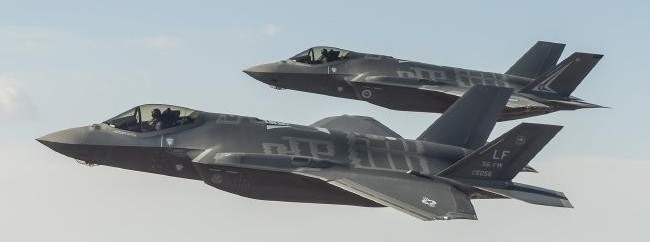

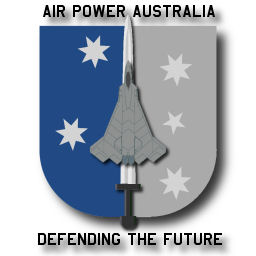 the Trump team are the Canadians who rejected the Joint Strike Fighter
and one of the world’s foremost air defence analytics groups —
the Trump team are the Canadians who rejected the Joint Strike Fighter
and one of the world’s foremost air defence analytics groups —
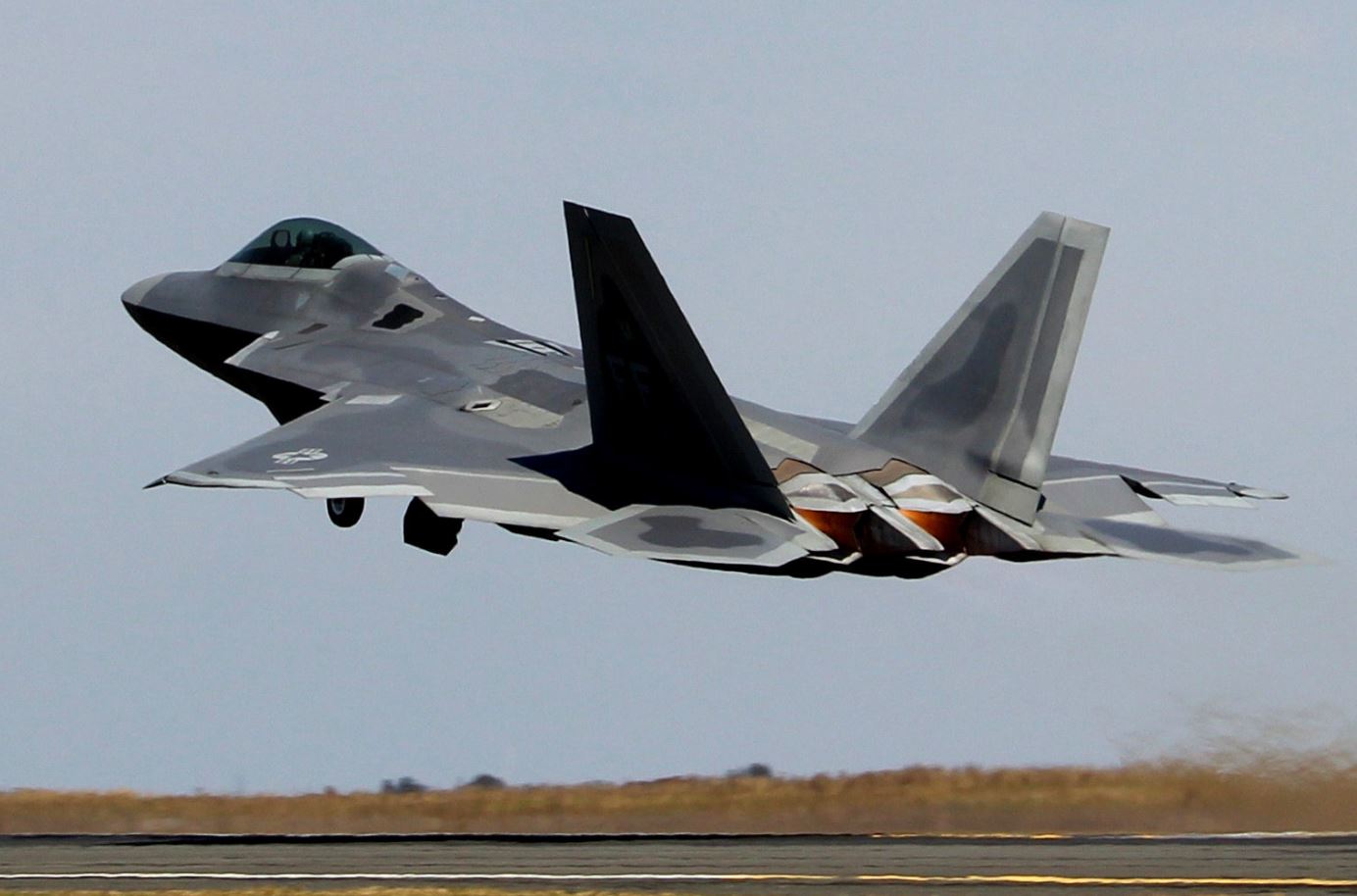
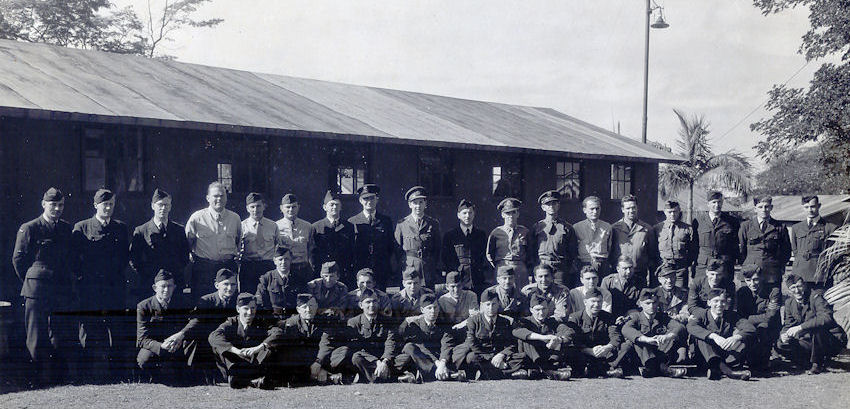
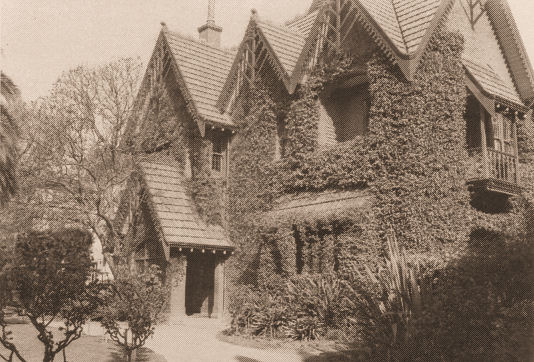 Central
Bureau was established in a gabled, ivy-clad mansion called "Cranleigh"
(left) in Domain Road, at South Yarra, Melbourne. Central Bureau's role
was to research and decode Army and Air intercept traffic and work in
close co-operation with other Sigint centres in the USA, United Kingdom
and India.
Central
Bureau was established in a gabled, ivy-clad mansion called "Cranleigh"
(left) in Domain Road, at South Yarra, Melbourne. Central Bureau's role
was to research and decode Army and Air intercept traffic and work in
close co-operation with other Sigint centres in the USA, United Kingdom
and India. 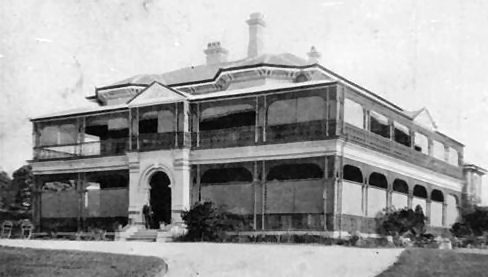
 small intercept station located in the initial two houses at Pimlico
under Wing Commander Booth. The four Americans had previous experience
in this work in the Philippines before they were evacuated.
small intercept station located in the initial two houses at Pimlico
under Wing Commander Booth. The four Americans had previous experience
in this work in the Philippines before they were evacuated.